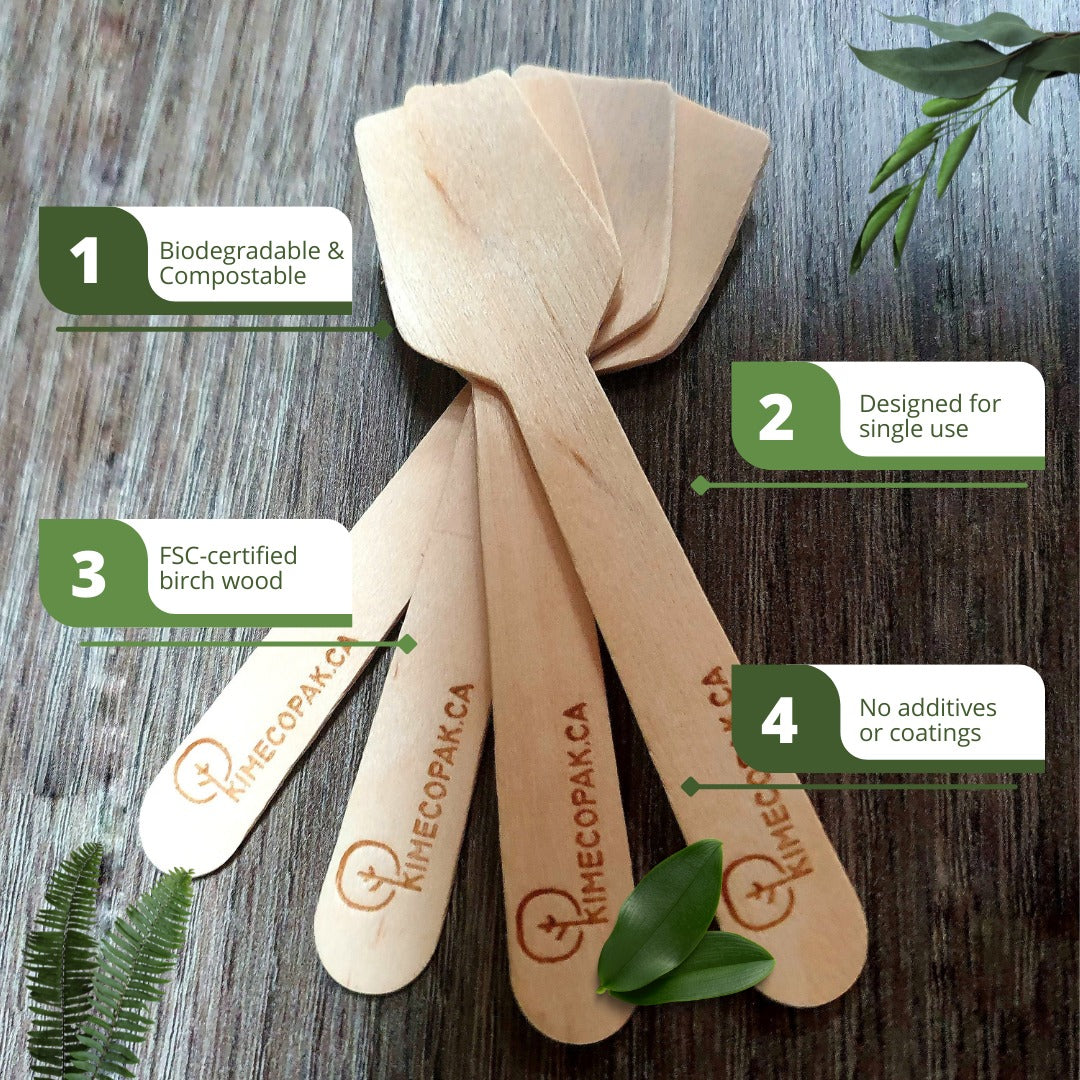In the realm of frozen desserts, two contenders often stand out, vying for the title of the ultimate sweet treat: gelato and ice cream. Both offer a delightful escape from the heat and a burst of flavor, yet beneath their shared appeal lie distinct differences that connoisseurs and casual enjoyers alike often ponder. What exactly sets these two creamy delights apart? This article dives deep into the fascinating world of gelato vs ice cream, exploring their key differences in everything from their dairy base and churning process to their texture, flavor intensity, and even nutritional profiles.
Gelato vs Ice cream: Fundamental Ingredients
To truly understand the difference between gelato and ice cream, we need to delve into their core components: the ingredients that form the very foundation of these beloved frozen treats. It's here, at the most fundamental level, that we begin to see the distinctions that ultimately lead to their unique characteristics.
Milk and Cream: The Dairy Foundation
One of the primary aspects that sets gelato apart from ice cream lies in the ratio of milk to cream used. Typically, gelato incorporates a higher proportion of milk and less cream compared to ice cream. Think of it like this: if ice cream is like indulging in a rich, creamy cloud, gelato leans towards a more refreshing, milk-forward experience. This difference in fat content has a significant impact on the final product.
The lower fat content in gelato allows the inherent flavors of the ingredients, whether it's the bright zest of lemon or the intense aroma of roasted nuts, to shine through more distinctly. In contrast, the higher fat content in ice cream contributes to a richer, heavier mouthfeel and can sometimes mask more delicate flavors. Consider a simple vanilla flavor: in ice cream, it will be undeniably creamy and decadent, while in gelato, the vanilla bean's pure essence might be more prominent.

Sugar: Sweetness and Texture
Another key ingredient where we find a notable difference between gelato and ice cream is sugar. Generally, gelato contains less sugar than ice cream. While both rely on sugar for sweetness, its role extends beyond just satisfying our sweet tooth. Sugar influences the freezing point of the mixture and plays a crucial part in determining the final texture. In gelato, the lower sugar content contributes to its denser texture, as there's less sugar interfering with the formation of ice crystals. This density allows for a more intense flavor delivery. Imagine biting into a scoop of strawberry gelato – the natural sweetness and tartness of the fruit are often more pronounced. On the other hand, the higher sugar content in ice cream helps to prevent the formation of large, icy crystals, resulting in a smoother, often softer texture. It's a delicate balance, but this subtle difference in sugar levels significantly contributes to the overall experience of enjoying each dessert.
Eggs: Richness and Emulsification
The inclusion and quantity of eggs also contribute to the difference between gelato and ice cream. Ice cream recipes traditionally call for a greater number of egg yolks compared to gelato. These egg yolks impart a distinct richness and creaminess to ice cream. Think of classic custard-based ice creams – the velvety texture is largely thanks to the emulsifying properties of the egg yolks. Emulsifiers help to bind the fats and liquids together, creating a smooth and stable mixture.
While some traditional gelato recipes might include egg yolks, they are typically used in smaller quantities, if at all. This contributes to gelato's lighter texture and allows the primary flavors to remain the star of the show. It's like comparing a rich crème brûlée (think ice cream with its egg yolk richness) to a lighter panna cotta (more akin to gelato in its often egg-light composition). This fundamental difference in the use of eggs further defines the unique character of each frozen delight.
Flavor Profiles: Intensity and Experience
Concentration of Flavor: Less Fat, More Focus
One of the defining characteristics of gelato is the pronounced intensity of its flavors. This heightened flavor concentration is largely attributed to its lower fat content. Think of it this way: fat can sometimes coat the palate, which can subtly mute certain flavor notes. Because gelato contains less cream and often more milk, the flavors tend to be more direct and impactful. Imagine tasting a classic pistachio gelato – the nutty, slightly sweet, and earthy notes of the pistachio are often incredibly vivid and focused. Similarly, a lemon gelato can deliver a bright, zesty punch that truly captures the essence of the fruit. Dark chocolate gelato often boasts a deep, rich bitterness that lingers on the tongue, showcasing the pure flavor of the cacao. It's like the flavor is dialed up, allowing you to truly savor the core ingredient.
Variety and Innovation: Ice Cream's Creative Landscape
While gelato excels in intense, focused flavors, ice cream shines in its vast and often wildly creative flavor combinations and the incorporation of diverse inclusions. The higher fat content in ice cream provides a richer base that can support a wider array of mix-ins and more complex flavor profiles.
You'll often find ice cream featuring chunks of cookies, swirls of caramel, ribbons of fudge, or crunchy nuts. Think of popular choices like cookies and cream, where the creamy vanilla ice cream is studded with chunks of chocolate cookies, or rocky road, a delightful mix of chocolate ice cream, marshmallows, and almonds. The possibilities seem endless, with innovative flavor combinations constantly emerging, from lavender honey to salted caramel pretzel. Ice cream often acts as a blank canvas, welcoming a playful and sometimes extravagant approach to flavor creation. So, while gelato might offer a more direct flavor experience, ice cream embraces variety and the joy of combining different textures and tastes in a single scoop.

Nutritional Nuances: A Closer Look
Beyond taste and texture, many are curious about the nutritional profiles of these two popular desserts. Let's take a closer look at some key differences to help you understand if gelato vs ice cream healthier is a valid question.
Fat Content: A Key Differentiator
As we've discussed earlier, gelato generally contains less fat than traditional ice cream. This difference in fat content has a direct impact on the gelato vs ice cream calories. Typically, a serving of gelato will have fewer calories compared to an equivalent serving of ice cream due to its lower fat percentage. For example, if you're mindful of your calorie intake, opting for gelato might be a consideration. This lower fat content stems from the higher proportion of milk used in gelato recipes compared to the cream-heavy base of many ice creams.
Sugar Levels: Another Point of Comparison
Another nutritional aspect to consider is the sugar content. Often, gelato contains less sugar than ice cream. When comparing Gelato vs ice cream sugar, you might find that gelato recipes prioritize the natural sweetness of the ingredients, requiring less added sugar. This can have potential health implications, as lower sugar intake is often associated with various health benefits. For individuals monitoring their sugar consumption, this difference can be significant. So, when pondering is gelato healthier than ice cream, the lower sugar content in gelato contributes to the argument in its favor for some. However, it's important to remember that both are still desserts and should be enjoyed in moderation as part of a balanced diet.

FAQs About What Is Difference Between Gelato and Ice Cream
Is gelato healthier than ice cream?
Generally, gelato tends to be lower in fat and sometimes sugar compared to traditional ice cream, but it depends on the specific recipes and serving sizes.
What makes gelato so much denser than ice cream?
Gelato is churned at a slower speed, incorporating less air (lower overrun) than ice cream, resulting in its signature dense texture.
Does gelato have a stronger flavor than ice cream?
Yes, the lower fat content in gelato allows the flavors to be more pronounced and intense on the palate compared to ice cream.
Can I make gelato at home?
Yes, you can make gelato at home with the right equipment (like an ice cream maker) and recipes, although achieving the exact texture of authentic gelato can be challenging.
Conclusion
While both gelato and ice cream offer a delicious and refreshing indulgence, our exploration reveals that they are far from interchangeable. From the lower fat content and slower churn of gelato, resulting in its dense texture and intense flavor, to the richer base and airier consistency of ice cream, each dessert offers a unique sensory experience. Ultimately, the choice between gelato and ice cream comes down to personal preference. Whether you crave the concentrated flavors and smoother texture of gelato or the creamy richness and vast variety of ice cream, both deserve a place in the pantheon of frozen treats. So, the next time you're faced with this delightful dilemma, remember the key differences and choose the frozen delight that best suits your taste and occasion. After all, the world of frozen desserts is vast and delicious, and there's always room for both!







